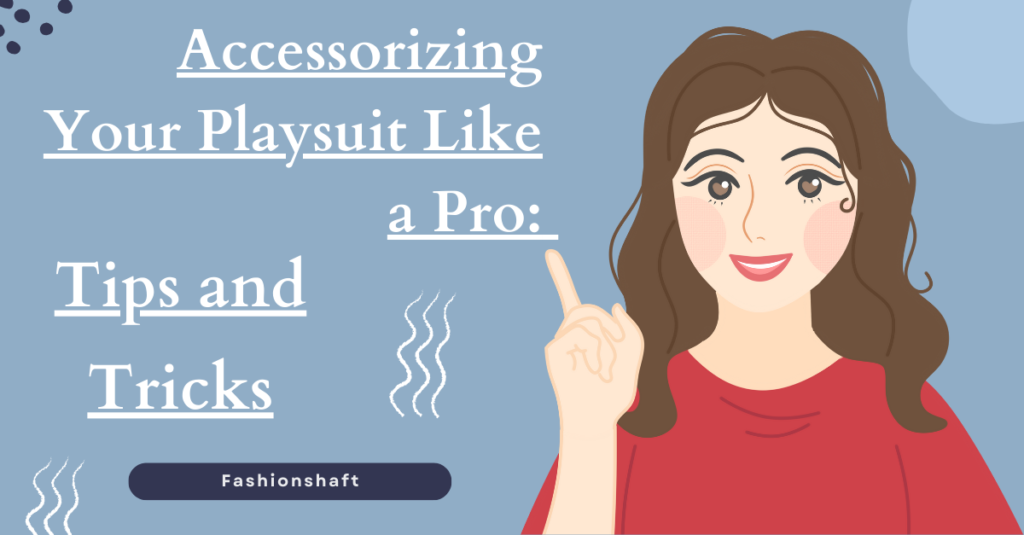The Rise of Influencer Marketing
One of the most significant ways in which social media has impacted the fashion industry is through the rise of influencer marketing. Influencers are individuals with a significant following on social media who have the power to shape consumer opinions and purchasing decisions. Fashion brands have recognized the power of influencers and have leveraged their social media platforms to reach wider audiences and connect with consumers in a more meaningful way.
The use of influencers has proven to be a successful marketing strategy for fashion brands. According to a survey by Influencer Marketing Hub, 89% of marketers believe that influencer marketing ROI is comparable to or better than other marketing channels. Influencer marketing has also been shown to be more cost-effective than traditional advertising methods. A study by Linqia found that the average cost per engagement for influencer marketing was $0.10, compared to $0.57 for Facebook ads and $1.24 for Instagram ads.
Influencers have also changed the way we view fashion. In the past, fashion trends were set by celebrities and high-end fashion designers. However, social media has democratized the fashion industry, giving rise to a new generation of influencers and bloggers who have the power to shape the way people view fashion. Influencers have also made fashion more accessible, providing consumers with inspiration and guidance on how to style and wear clothing. Read more about Social Media’s Fashion Takeover: How It’s Changing the Industry.
The Impact on Traditional Fashion Media
The rise of social media and influencer marketing has also had a significant impact on traditional fashion media. In the past, fashion magazines and television shows were the primary source of fashion information and trends. However, social media has changed the way we consume media, and fashion magazines have had to adapt to stay relevant.
Many fashion magazines have recognized the power of social media and have shifted their focus to digital platforms. Vogue, for example, has a significant presence on social media, with over 28 million followers on Instagram alone. Fashion magazines have also started collaborating with influencers and bloggers to create content that resonates with their audience.
However, the rise of social media has also resulted in a decline in traditional fashion media. In recent years, many fashion magazines have struggled to maintain their relevance and readership. According to a report by the Alliance for Audited Media, the total circulation of the top 25 fashion magazines in the US declined by 50% between 2014 and 2019. The decline in readership has been attributed to the rise of social media and the availability of free fashion content online. Read more about Social Media’s Fashion Takeover: How It’s Changing the Industry.
The Challenges and Opportunities for Fashion Brands
While social media has presented many opportunities for fashion brands, it has also posed significant challenges. One of the biggest challenges for fashion brands is the need to produce content that resonates with their audience. Social media users are bombarded with content, and it can be challenging to stand out from the crowd. Fashion brands must produce high-quality, engaging content that captures the attention of their audience.
Another challenge for fashion brands is the need to maintain authenticity. Consumers are increasingly demanding transparency from brands, and social media has made it easier for them to call out inauthentic behavior. Fashion brands must be transparent about their values, practices, and products to build trust with their audience.
However, social media has also presented many opportunities for fashion brands. One of the biggest opportunities is the ability to reach a wider audience. Social media platforms such as Instagram and TikTok have billions of active users, providing fashion brands with a massive potential audience. Brands can use social media to connect with consumers on a more personal level, building relationships that go beyond traditional marketing methods.
Social media has also made it easier for fashion brands to experiment with new marketing strategies. Brands can test new ideas and campaigns on social media before launching them on a larger scale. Social media analytics also provide valuable insights into consumer behavior, enabling brands to make data-driven decisions.
In conclusion, social media has taken over the fashion industry and transformed the way it operates. Influencer marketing has become a key strategy for fashion brands, giving rise to a new generation of influencers and bloggers who have the power to shape the way people view fashion. Social media has also had a significant impact on traditional fashion media, with many magazines struggling to maintain their readership. While social media has presented challenges for fashion brands, it has also provided many opportunities, including the ability to reach a wider audience, experiment with new marketing strategies, and build relationships with consumers. As social media continues to evolve, it will be interesting to see how it shapes the future of the fashion industry.

My name is Rohit Vagh and I’m a content writer specializing in fashion and lifestyle. I have three years of experience in this field and have written various articles. My writing style is creative and engaging, and I strive to create content that resonates with my readers. I have a deep passion for fashion and am constantly researching the latest trends and styles to make sure my readers are up to date. I’m excited to continue my career in blogging, and I’m always looking for new opportunities in the fashion and lifestyle space.





